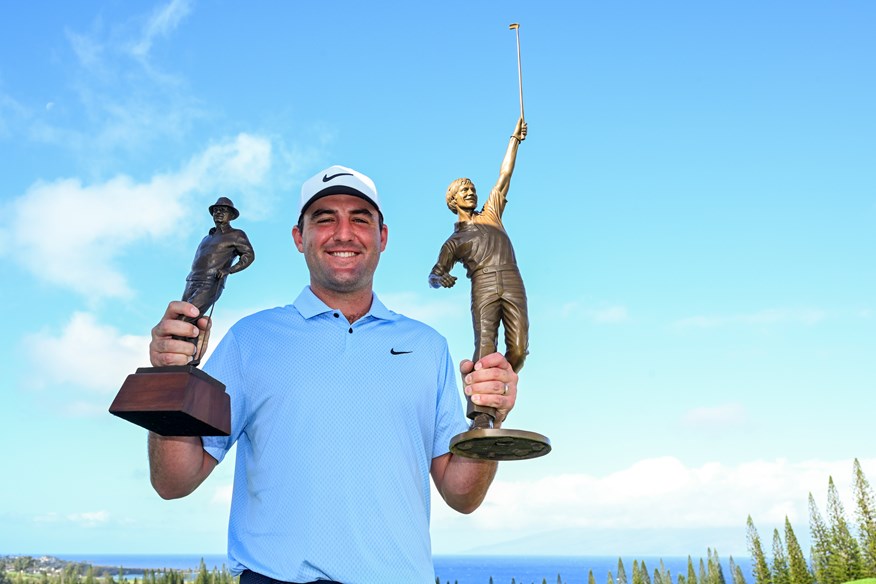Strokes gained and the stats behind the scorecards on the PGA Tour
Last updated:
As the newly revamped 2024 season tees off, Today’s Golfer reflects on what it takes to succeed on tour and the metrics that matter most.
Merger mayhem, mega money moves, ‘Capgate’ controversy, and the battle to bifurcate – 2023’s off-course antics proved more turbulent than ever before.
“Golf is a mess”, puts Andrew ‘Beef’ Johnston, as the PGA Tour’s reimagined calendar-year schedule teed off for its ‘Opening Drive’ in Hawaii. A much-needed pause from the drama dividing a game glittering with talent, global superstars, and record-breaking performances.
Take Scottie Scheffler. The World No.1’s spectacular season of ball striking saw him top the ‘Strokes Gained’ (SG) leaderboards for SG: Off-the-tee and SG: Approach in 2023 – the first time the feat has been achieved in the SG era.
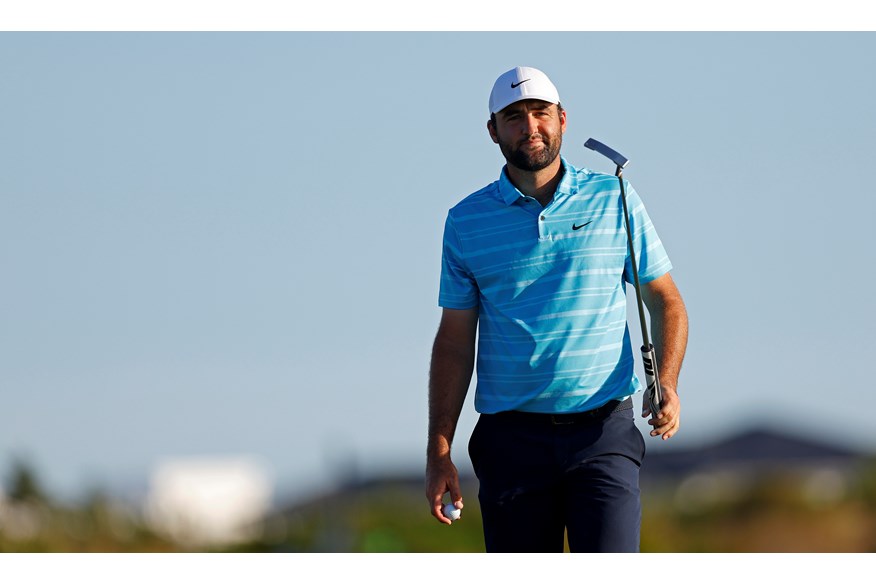
Despite a deflating start to his TGL virtual venture, Rory McIlroy became the first player since 1981 to finish a season with a streak of 10 consecutive top-10 results. Team Europe’s premier gladiator in Rome also set a new all-time driving distance record on tour of 326.3 yards.
And, what to make of Ryder Cup bolter Ludvig Aberg’s remarkable breakthrough season. It took the Texas Tech graduate a mere 75 days to register his first professional win, before slotting in seamlessly alongside Europe’s big guns at Marco Simone.
By mid-November, Aberg had also added a first PGA Tour title at the RSM Classic, rewriting the PGA Tour record book along the way with his 72-hole total of 253 – equaling Justin Thomas’ mark, with closing back-to-back 61s adding up to the lowest final 36-hole total ever. Somehow that wasn’t enough to pip Eric Cole to the PGA Tour’s Rookie of the Year award.
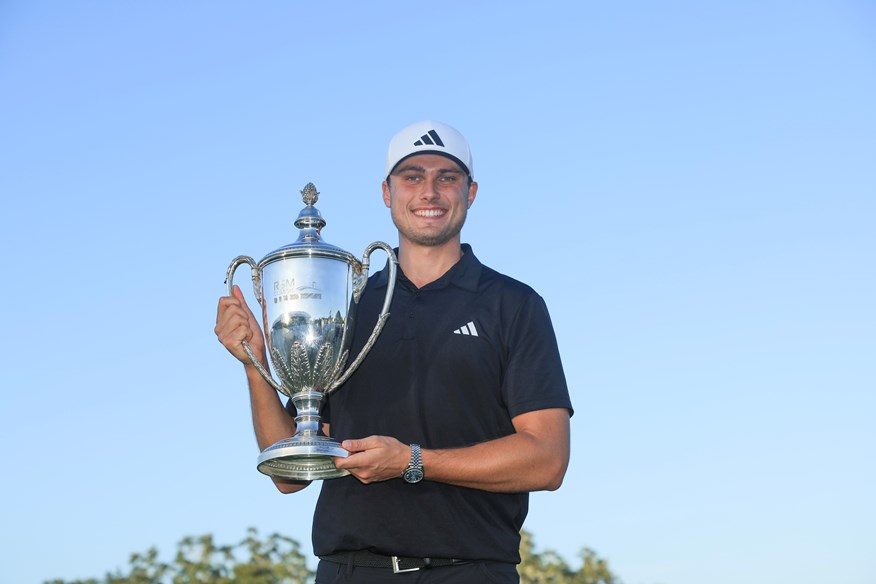
Scandi compatriot Viktor Hovland also had a 2023 to remember, finishing as FedExCup Champion after storming to back-to-back victories at the business end of the season.
Not only were the numbers following the dollar sign on Hovland’s cheques rather impressive, but so too were the stats behind his performances.
The Norwegian World No.4 became the first player in 30 years to lead the field in Driving Accuracy, Greens in Regulation and Scrambling on route to the Tour Championship, and the first in 40 to win back-to-back while topping both fields in Driving Accuracy.
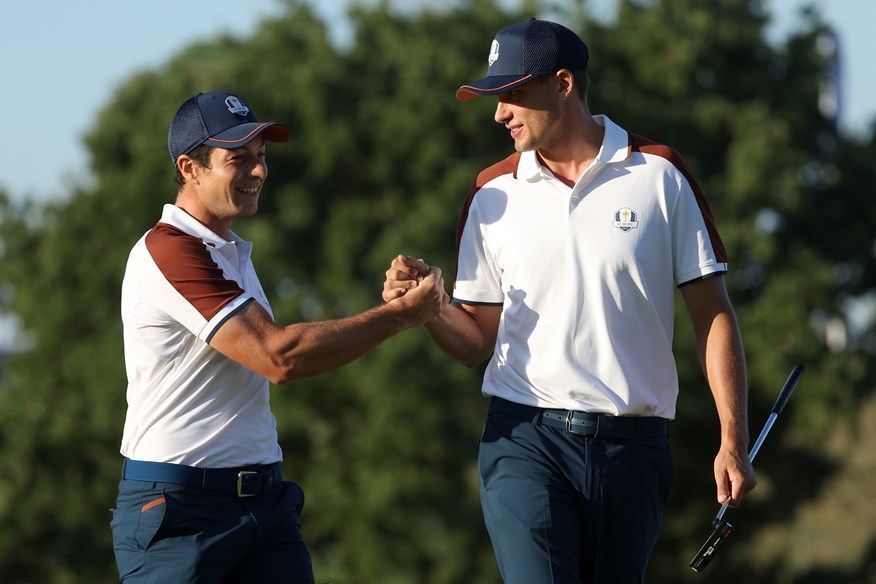
A resurgent Rickie Fowler returned to the winner’s circle at the Rocket Mortgage Classic on the back of reinventing his approach play. The Californian finished 2023 tied sixth for SG: Approach, after struggling to break 150th in the two preceding seasons.
A special mention must also go to Lucas Glover who delivered his first multi-win season at 43 years old. His two wins came back-to-back, stealing the perhaps unwanted title of the oldest back-to-back winner on tour from Vijay Singh.
Of course, the above achievements provide a mere snapshot of a season where the talent on the turf still managed to outshine the chaos off it.
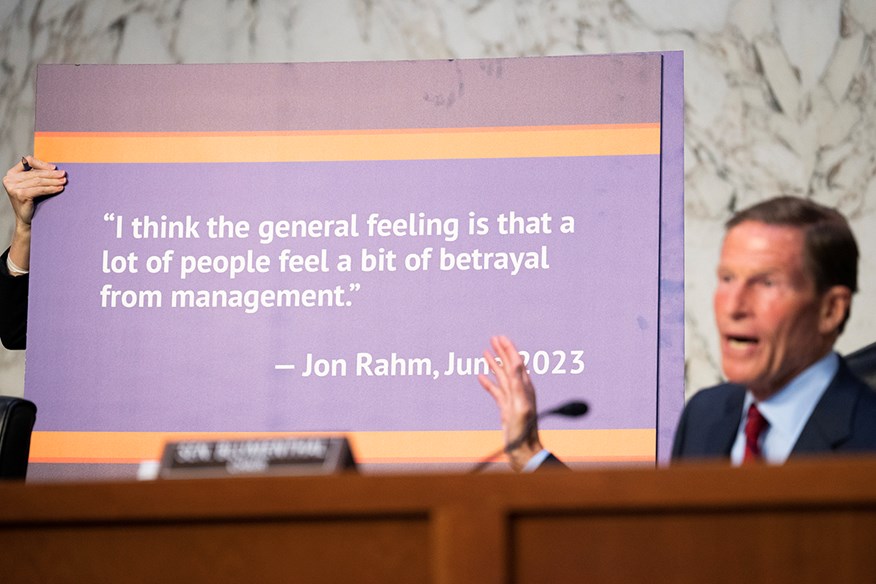
And whether you prefer Coke or Pepsi, DC or Marvel, PGA or LIV, a 58 is a 58, and Bryson DeChambeau’s historic efforts at Greenbrier stand with the best performance across golf’s 2023 tours.
Performances of this caliber not only take an extraordinary work rate, talent, and belief, but an uncompromising attention to detail, and hunger to dive down into the metrics that matter most and differentiate the best from the rest at this elite level.
DeChambeau is not alone in his data-driven approach to understanding performance. Matt Fitzpatrick is another determined to find silver bullets in the data he religiously records from every shot, and Edoardo Molinari’s stock is fast rising as a leading performance analyst to Team Europe and others looking for an empirical edge.
Numbers can have their pitfalls, however.
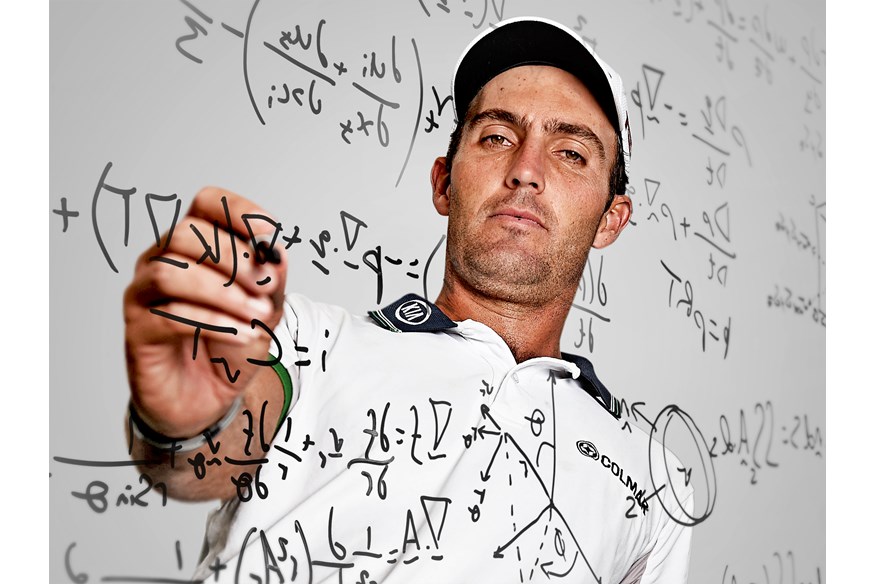
Granted, they don’t have opinions – which is refreshingly helpful in golf at present – but they can lead us all off the fairway and down a rabbit hole.
Which ones are meaningful, and which ones are simply ‘nice to know’?
Golf is a multi-faceted skill-based game like no other. There is no hierarchical model that determines performance outcomes. Good shots can be punished, bad shots can be rewarded, and we can all lay testament to that.
The right player, on the right day, on the right course has a puncher’s chance of winning on tour. The 69 different winners across 92 PGA and DP World Tour tournaments illustrate this point as well as any.
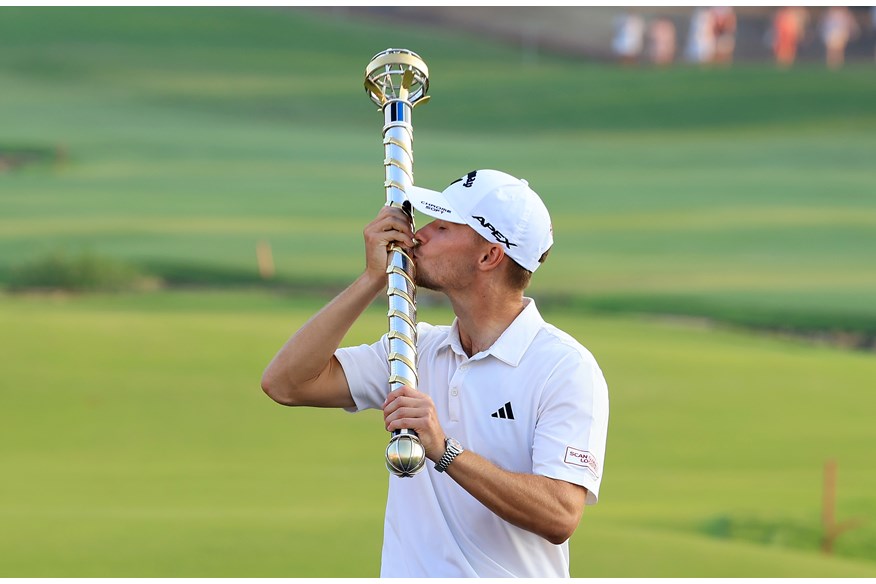
Climbing to the top tiers of the Official Golf World Rankings requires something more, however.
The highest rungs on the ladder can only be reached via a consistency of performance over time, earned by featuring frequently on the first page of Sunday afternoon leaderboards.
What can we learn from the performance characteristics of these players? What are the non-negotiables and how well-rounded do the best really need to be?
The validity of ‘Strokes Gained’ as a performance measure
Columbia University professor Mark Broadie’s ‘Strokes Gained’ measurement tool has undoubtedly revolutionized our understanding of the critical determinants of golf performance at the highest level.
An ever-growing bank of ShotLink data continually refines our knowledge of the exact number of strokes required for the ‘average PGA Tour golfer’ to put the ball in the hole from any given location on the course.
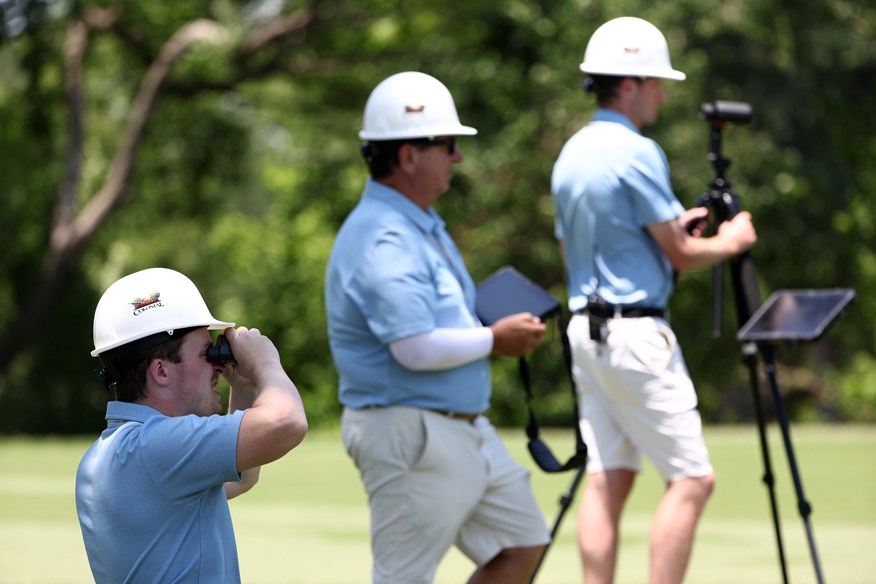
SG essentially provides a meaningful performance benchmark, enabling interested parties to measure how much better or worse a tour pro performs in specific areas of the game compared to their counterparts.
And in the same way that we accept the end-of-year world rankings to fairly reflect ‘what’ happened in the preceding 12 months of competition, the vast data underpinning end-of-season SG leaderboards is now widely accepted as a logical explanation of ‘how’ it happened too.
The cumulation of SG: Tee-to-Green and SG: Putting is known as SG: Total – a leaderboard topped by Scottie Scheffler in 2023, despite being the only player in the top 10 to finish below the tour average for putting. More on Scottie’s flat stick issues later.
Diving into the data
A linear regression of SG: Total against a medium-term success metric (end-of-year world ranking), shows a reasonable measure of fit against the model (R2 = 0.51).
Simply put, SG: Total is roughly 50% successful at predicting world-ranking positions at the end of a season.
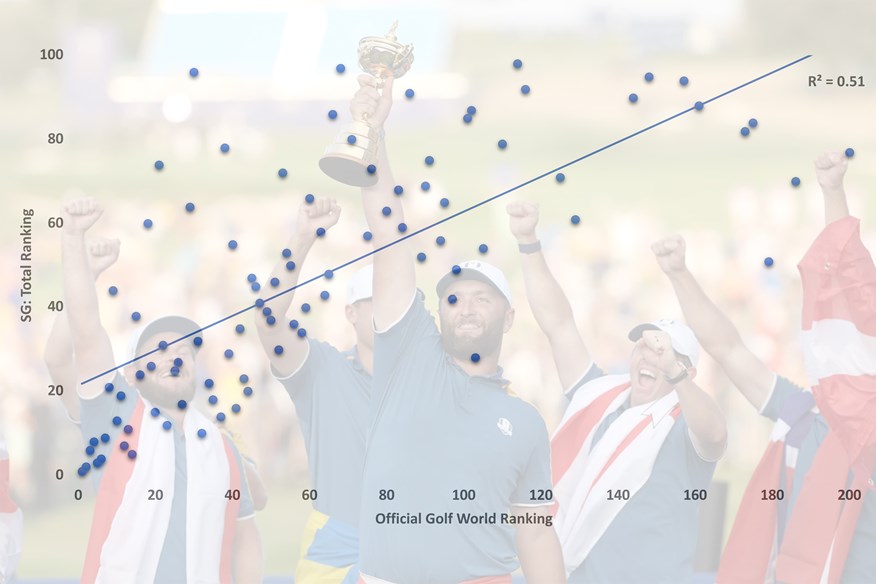
The relationship appears strongest for those players at the top of the SG: Total leaderboard, an observation also noted in a previous analysis that reported how SG: Total is an increasingly useful indicator of end-of-year ranking for the top 30 players.
But what for the relative importance of SG: Total’s constituent parts? Does the age-old anecdote of “drive for show, putt for dough” have any credibility?
Quite the opposite in fact.
We took the top 90 players from each SG leaderboard on the PGA Tour and divided them into three groups to see how proficiency in each facet of the game affected WR.
Not all SG statistics are born equal!
For this to be true we might expect more balanced average rankings for each SG metric and more proportional differentials between each level of player.
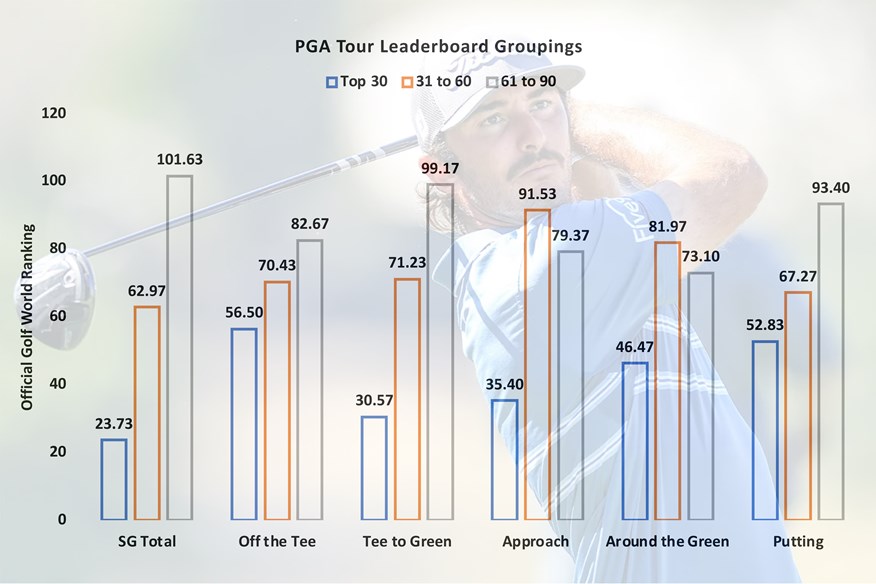
Perhaps not surprisingly, the SG: Total leaders had the lowest WR for the most elite group (24.73), followed by SG: Tee-to-Green (30.57), and then SG: Approach (35.40).
SG: Around-the-Green (46.47), SG: Putting (52.83), and SG: Off-the-Tee (56.50) round off the order – which would be sequential in terms of importance be it not for performance Off-the-tee on par 4s and 5s.
These data therefore highlight the importance of a strong all-round tee-to-green game if you want to reach the higher echelons of the WRs, and more specifically a dialed-in ‘approach game’ is critical.
A glance at the illustrious list of PGA Tour winners on the SG: Approach leaderboard and you’ll understand why.
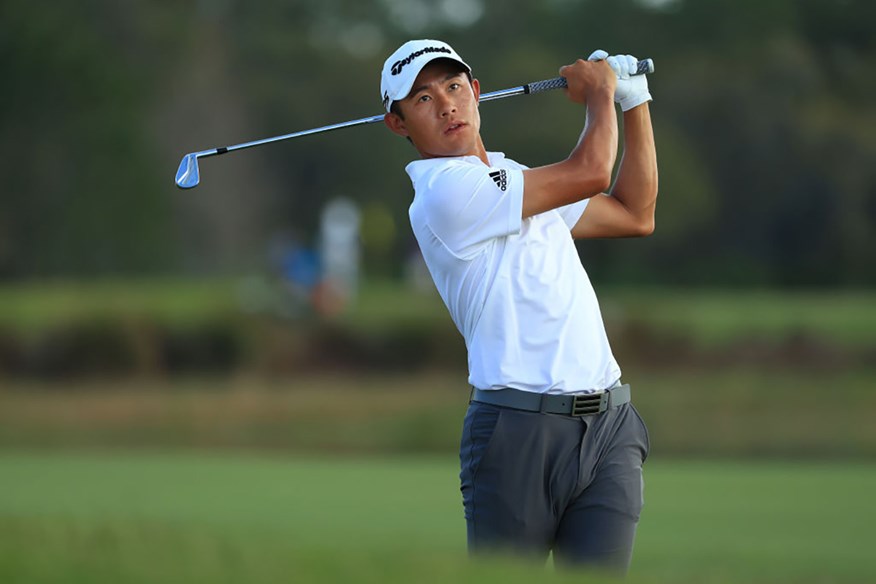
The next pool of players (ranked 31-60) for SG: Approach don’t necessarily end the year further up the WRs than the final group (ranked 61-90). The same can be said of the SG: Around-the-Green leaderboard.
Birdie or better conversion rate may go some way to explaining this. It’s one thing hitting the green, it’s another taking your chances – and you’re not mixing it with the McIlroys and Hovlands of this world without being able to do this somewhat consistently.
With average driving distance on tour in the region of 300 yards, players are typically left with 125-150 yards on average length par 4s on tour.
A key distance to get nailed down, and interestingly the Green-in-Regulation leaderboards read very differently when the approach length edges beyond 150 yards.
Food for thought considering the recent decision to roll the golf ball back 15 yards from 2028.
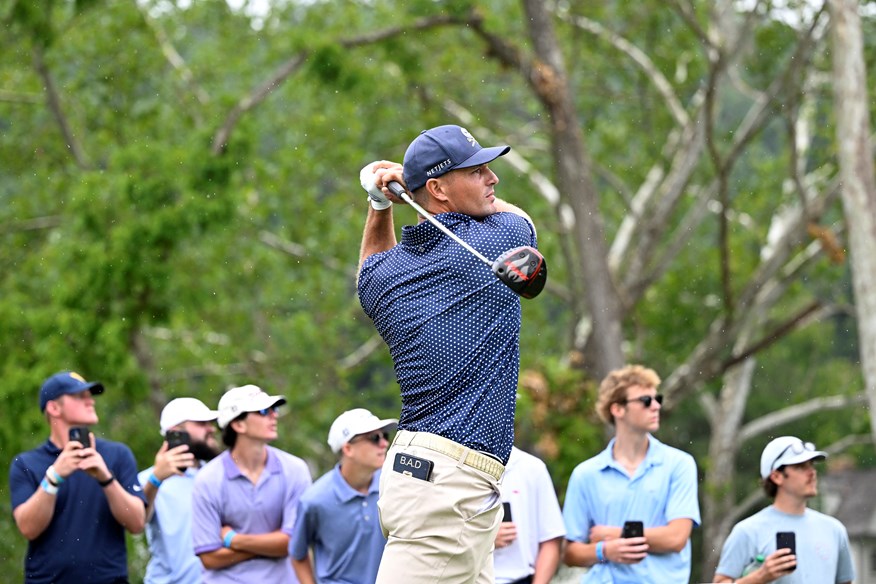
How important is a well-rounded skillset?
Back to Scottie Scheffler, and if you’re going to have a weakness…
The World No.1 ranked first on four out of the six SG leaderboards, fifth for SG: Around-the-Green, and an eyebrow-raising 162nd for SG: Putting, losing an average of 0.3 shots on the field.
McNealy, Montgomery, and McCarthy stepped up on 2023’s putting podium. Not exactly golf’s household names with all due respect.
And while we do see the likes of Schauffele, Homa, Hatton, and Burns challenging atop the SG: Putting leaderboard, our results tend to support the notion that the putter doesn’t need to be red hot every week.
It seems more important to give yourself chances all year round and keep faith that a putting purple patch will arrive, and hopefully in time for Major week.
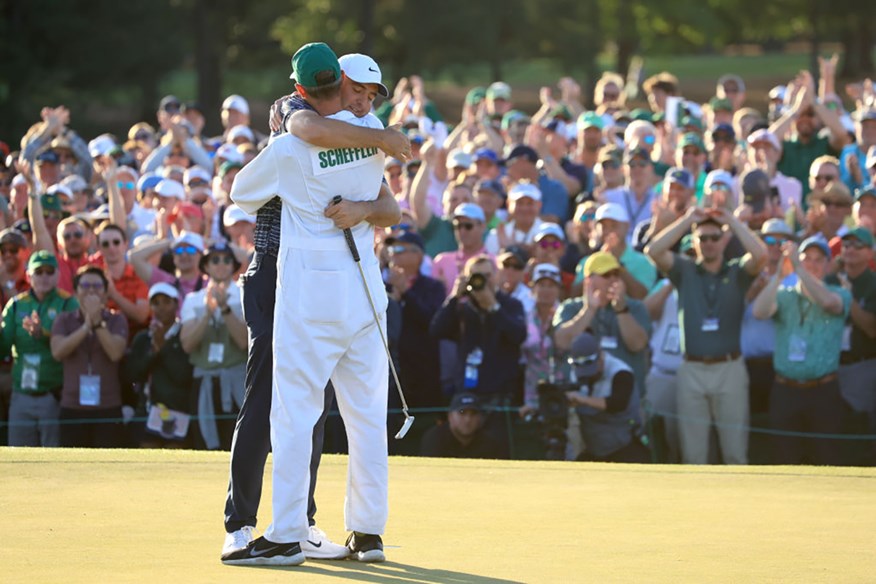
We shouldn’t dismiss the short game as a ‘nice string to the bow’, however. The world’s best take fewer putts per round, convert more birdies, scramble better from both the sand and rough, and gain more shots in general both around and on the green.
The differentials between performance levels are just smaller than tee-to-green.
A final result of note is that driving the ball further does not differentiate between these groupings of elite players.
It appears to be important enough to put a shorter shaft in your hand for the next shot, but no match for being able to pepper the pin. A 300-yard drive quickly loses its value if you struggle to hit areas of the dancefloor where more putts are holed than missed.
This is what the best are doing consistently better than the rest.
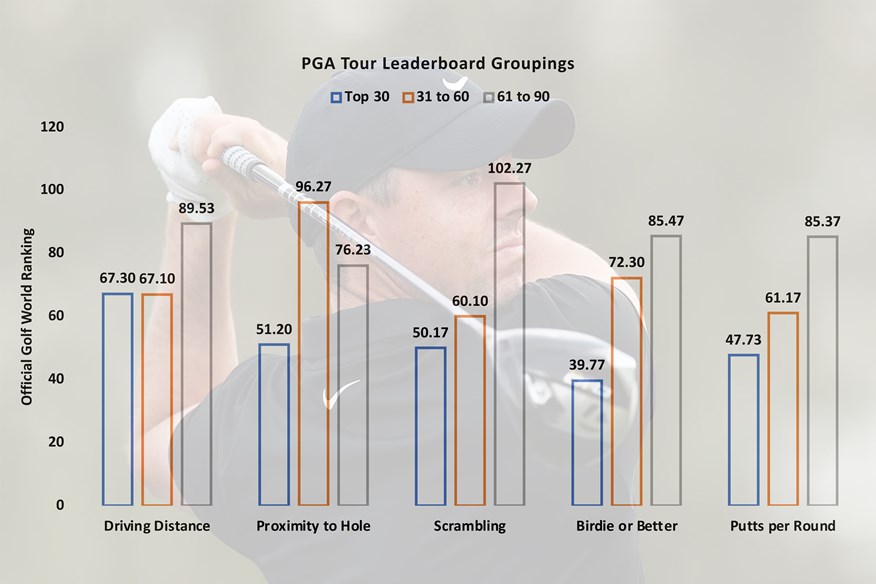
But what does it actually take to win you ask?
Reassuringly, more of the same.
The SG data from the 41 PGA Tour events with individual champions in 2023 again stress the importance of a skillset with a laser-like approach play at the heart.
Champions on tour placed 39th on average for SG: Total, with the relative importance of each game facet decreasing in importance as the ball made its way to the hole.
The most striking difference between the two measures of success (WR and winning on tour), lies in the superior performance off the tee across the season for those going on to lift trophies.
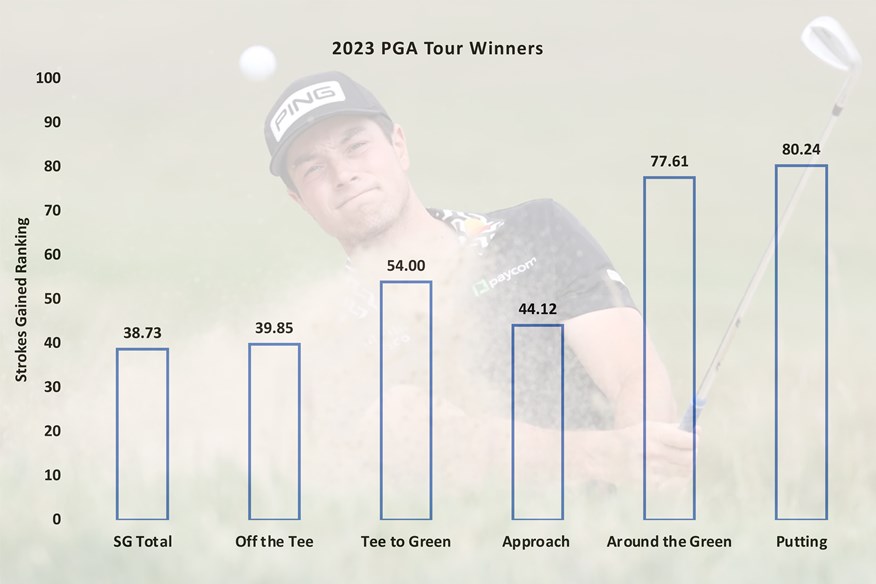
It appears a less crucial weapon for climbing the WRs but is seemingly a key piece of artillery for those who won in 2023. Winners Scheffler, Aberg, McIlroy, and Hovland all feature in the top 8 for SG: Off-the-Tee, helping the metric rise in stature.
Interestingly, despite Scheffler dominating the majority of the SG leaderboards, it’s McIlroy who has the lowest average ranking across all six SG categories, adding weight to the Northern Irishman’s stake as the most complete player on tour.
Rahm, Homa, and Hovland also feature in the conversation for the best all-rounder based on this data.
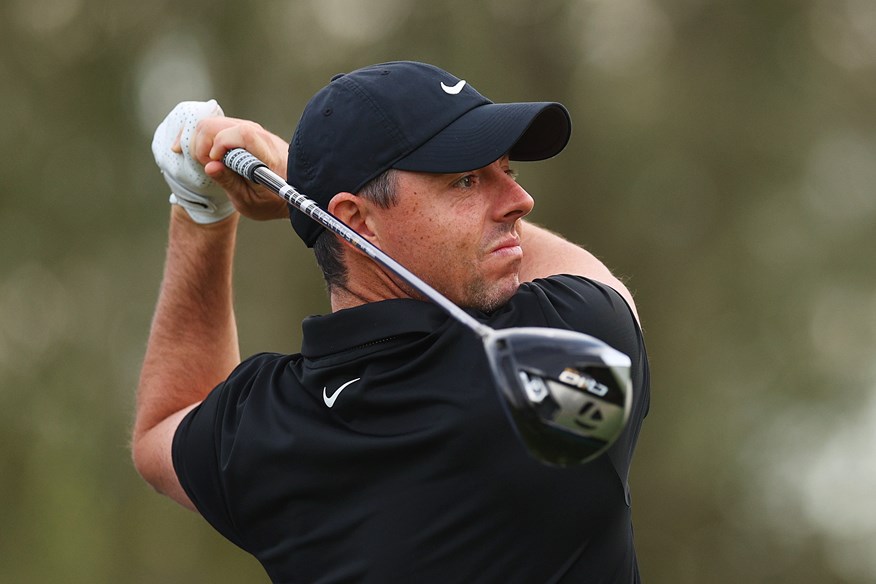
Let’s wrap up by contradicting the last 2,000 words.
Statistics are great talking points, and very often can be reliable predictors of future success. But the beauty of sport, and indeed professional golf resides in its unpredictability and unwillingness to read the script.
Take a bow Nico Echavarria, stepping up from 406th in the WRs to win the Puerto Rico Open on 21-under par, rising over 100 places in the space of a week to 287th.
What was his super-strength? Timing. Pure and simple. The Columbian didn’t break inside the top 125 in any SG category that year.
It may not have been the most stellar field in the world, but Echavarria can call himself a PGA Tour winner, and no doubt the only numbers that mattered to him were $684,000.
It just goes to show the strength in depth across the tour, every dog has his day, but consistency is king if you want to be a top dog on tour.

Analysis – what we did
Our sample explored relationships between the top 90 ranked players from PGA Tour ShotLink leaderboards and success outcomes in golf – world ranking and tour wins.
The only exception being if a featured player finished the year ranked outside the world’s top 200. We deemed this as being a reasonable cut-off for describing players who regularly compete in top-tier tour events.
Limitations worth noting are the significant absence of data from LIV Tour players, and the fact that not every round of golf is captured by ShotLink, which may elevate or suppress a true reflection of performance across the season in some cases.
That said, the results are in good agreement with past studies and provide an objective starting point for conversations into the performance determinants of elite golfing performance.
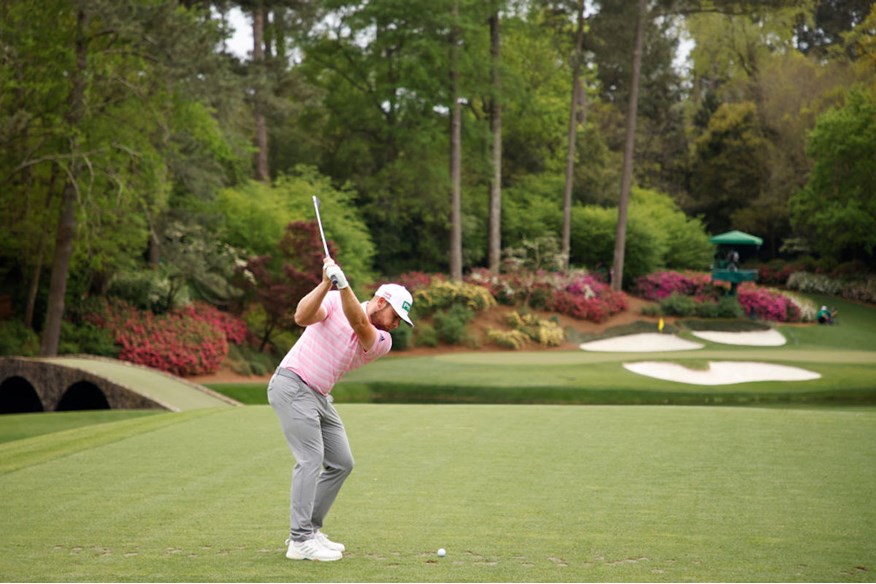
BECOME A TODAY’S GOLFER MEMBER: Unlimited access to premium content and exclusive rewards!
-
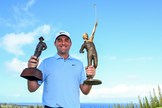
-
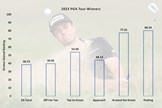 Average strokes gained ranking of 2023 PGA Tour winners.
Average strokes gained ranking of 2023 PGA Tour winners.
-
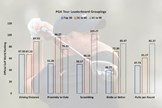 Average end-of-year world ranking for additional performance metrics leaderboard groupings.
Average end-of-year world ranking for additional performance metrics leaderboard groupings.
-
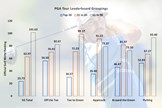 Average end-of-year world ranking for different strokes gained leaderboard groupings.
Average end-of-year world ranking for different strokes gained leaderboard groupings.
-
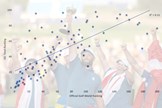 How useful is strokes gained at predicting end-of-year world ranking?
How useful is strokes gained at predicting end-of-year world ranking?
